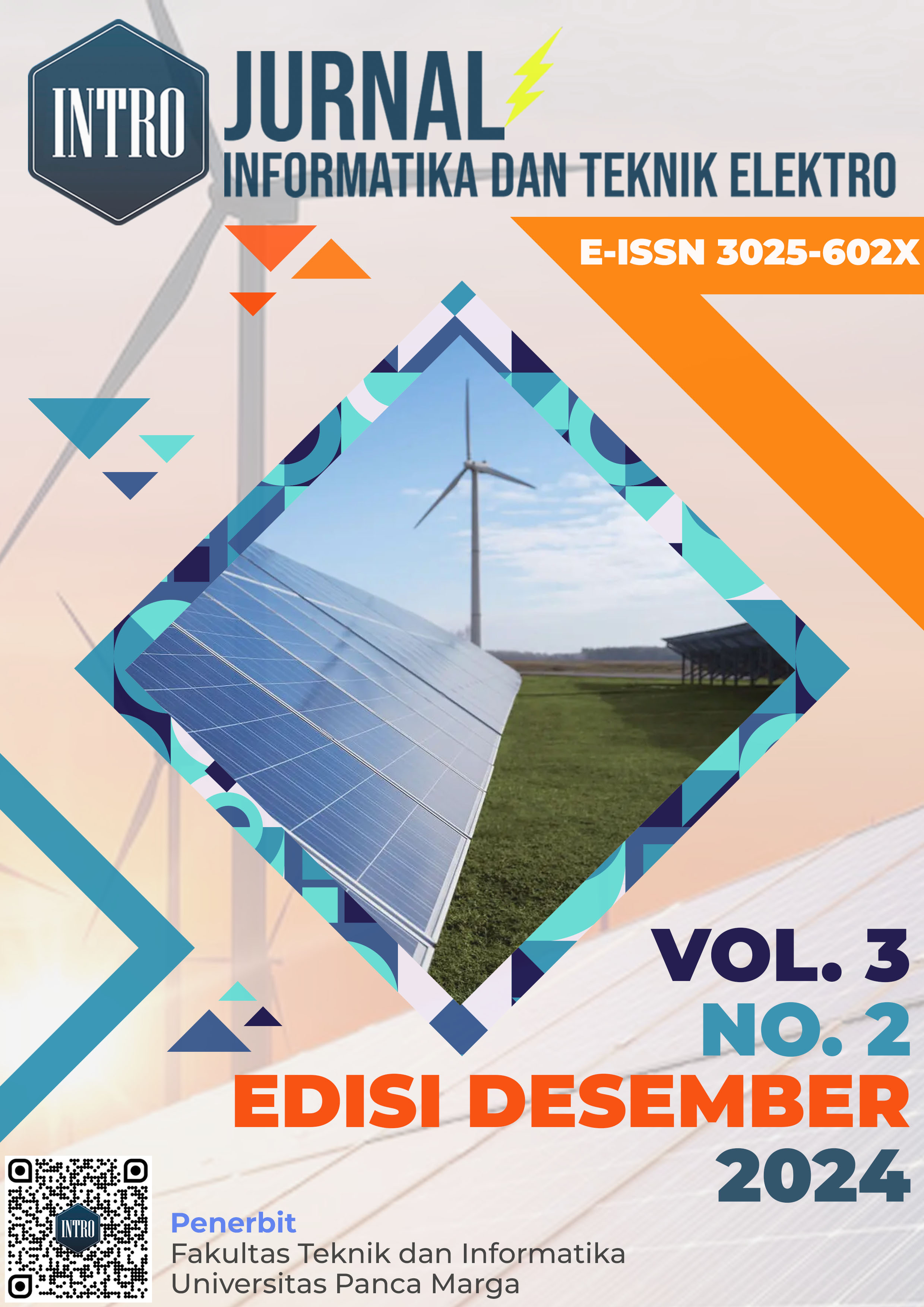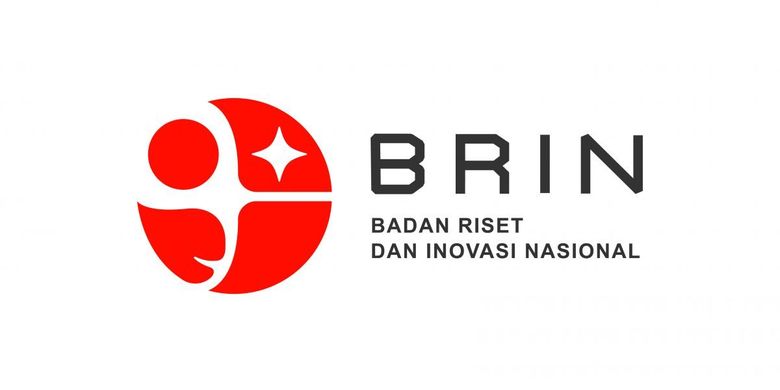Pengukuran Kualitas Udara menggunakan Sensor MQ-135 dan DHT 11
Air Quality Measurements Using MW-135 and DHT 11 Sensors
Abstract
Air quality measurement is an important process in monitoring and understanding air pollution levels and their impact on the environment and human health. This article reviews the basic concepts of air quality measurement, the technology used in measurement, the parameters measured, and their significance. Air quality measurements involve taking air samples from designated locations, analyzing the composition of that air, and recording the data. Commonly used technologies in air quality measurements include the use of electronic sensors, chemical-based measuring devices, and remote monitoring with satellites. Parameters that are often measured include particulate concentrations (PM2.5 and PM10), pollutant gas concentrations such as oxygen, carbon monoxide, nitrogen dioxide, sulfur dioxide, and ozone, as well as other parameters such as air temperature and humidity. Air quality measurement has an important role in maintaining human and environmental health. Data generated from these measurements is used to identify air pollution levels, measure levels of compliance with emissions standards, and develop effective environmental policies. In addition, air quality information is also used to inform the public about potential health risks and provide recommendations to protect themselves. With increasing attention to climate change and public health, measuring air quality is becoming increasingly important. The development of more sophisticated measurement technologies and wider monitoring networks has enabled a better understanding of air pollution and efforts to reduce it. This article illustrates how important air quality measurement is in addressing today's global health and environmental challenges.Keywords: air quality, measurement technology, measurement parameters, public health, policy






1.png)










